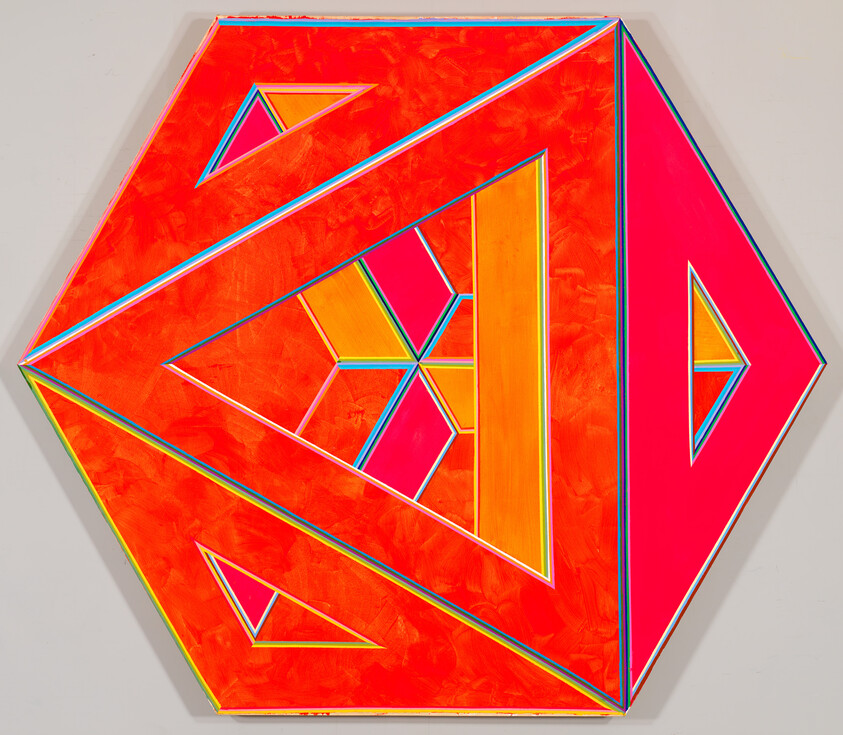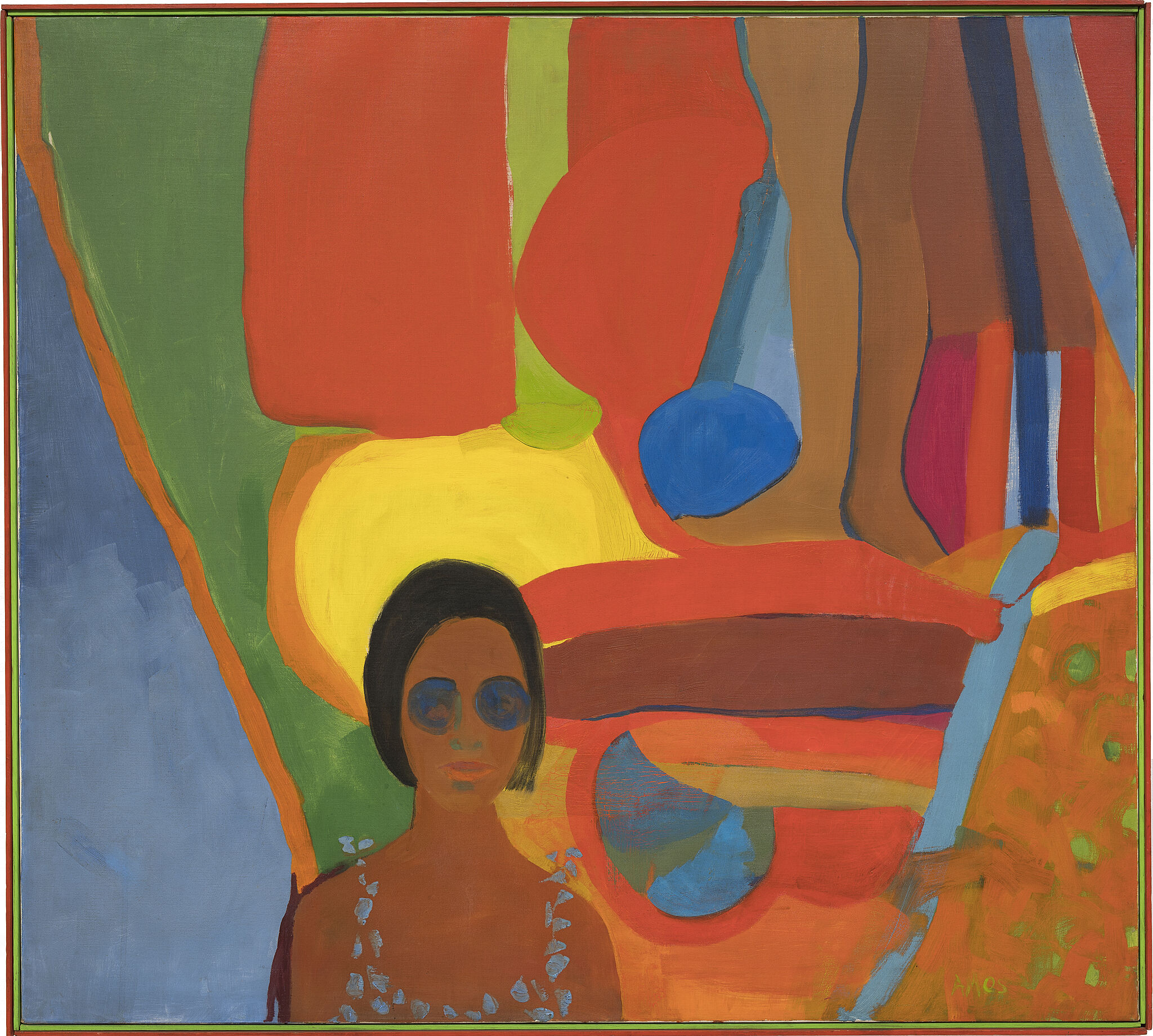Alvin Loving, Septehedron 34, 1970
Mar 14, 2019
0:00
Alvin Loving, Septehedron 34, 1970
0:00
Alvin D. Loving: Well abstraction is the most direct route to the intellect. In other words when you look at my work, there’s nothing else there than what you see. There’s no hidden messages. It’s about color. It’s about material. As a human being, and politically that should be in there too...
Narrator: That’s Alvin D. Loving in 2004, from an interview conducted by Dirk Eitzen at Franklin and Marshall College. The artist passed away the following year.
Darby English: What’s really interesting to me about Loving’s geometric images, and often very powerful about them, is a level of intimacy I feel with an artist in a problem-solving situation.
Narrator: Art historian Darby English is the author of 1971: A Year in the Life of Color.
Darby English: This particular picture for me, Septehedron 34, is like a window onto a process where the artist is asking himself, what can I get this shape to do for me? He’s taken a canvas, given it an extra two sides—it’s six-sided object—and into that object he has inserted, basically a cube, with a succession of cuts that he’s made into it.
So, it’s like what can I get this shape to do for me? And what am I going to have to do to get everything I can from it? So every turn, every cut, every color interaction, every void, every projection tracks to a decision that he’s made.
It’s a very difficult picture to spend a long time with. I used to hate it. I hated it until I realized that I needed to figure it out.
In Spilling Over.


